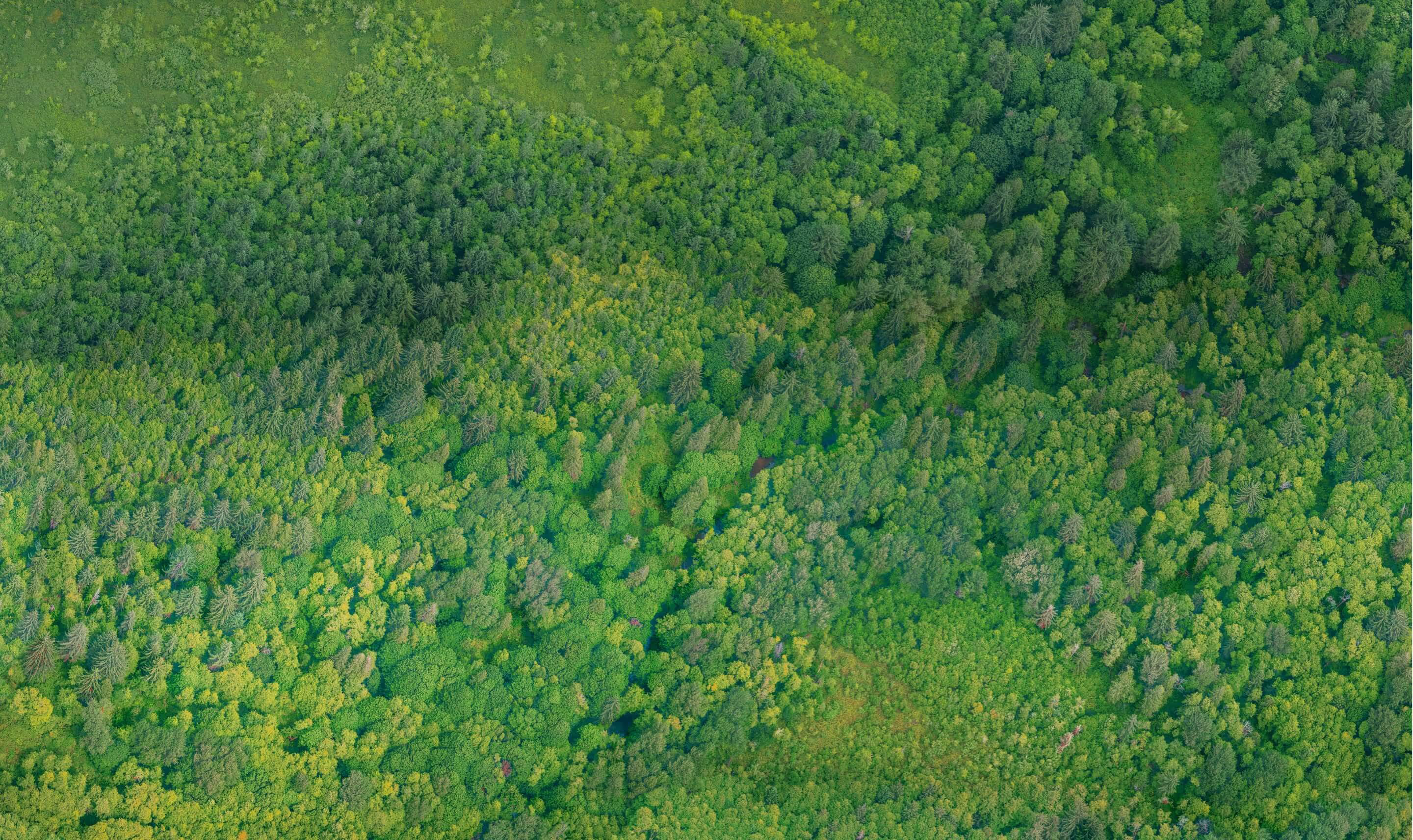The challenges of reforestation by Robin Duponnois, microbiologist
.png)
To end our series of interviews on reforestation, we contacted Robin Duponnois who was kind enough to answer our questions.
Robin Duponnois is a microbiologist and research director at the Institute for Research for Development (IRD). He leads the “Symbioses and Ecosystem Resiliences” team at the Tropical and Mediterranean Symbiosis Laboratory in Montpellier. He is the author at IRD “Symbiotic mushrooms against desertification” and participated in the collective work “The Great Green Wall”.
1. What do you think about the importance of reforestation programs and what challenges do they respond to?
- There is the environmental side: the tree as such protects the quality and health of the soil in a sustainable way. It protects them against water and wind erosion. It also promotes the flow of nutrients that will benefit the fertility of the soil and the vegetation cover below. In addition, it captures CO2 and therefore contributes to the mitigation of climate change.
The tree is very resistant to all the vagaries of the weather. In case of heavy rain, for example, it limits the stripping of the soil surface, the most fertile layer, and thus prevents soil depletion. The forest will provide some resistance to these physical movements.
Trees and reforestation make it possible to preserve the surface of the planet's soils and to remedy the challenges associated with urbanization.
- The tree is also a resource for biomass and non-wood products (mushrooms, shrubs that produce oils, etc.). It also provides an innumerable number of ecosystem services.
and in terms of biomass resources,
- Moreover, the tree is a cultural asset.
.avif)
2. What strategies promote the success of a reforestation project?
First of all, it is necessary to take into account the initial state of the target sector. If a ground is bare, you are going to plant. If you have an old, slightly degraded forest, you will be able to use what has survived as a source of organic matter, microorganisms that will help young regrowth. So here it is a question of assisted natural regeneration or RNA. This method facilitates the natural process of regrowing young forest trees.
3. Should native species be chosen for reforestation projects?
Native species are often characterized by slow growth and are therefore largely overlooked (I am speaking for African continent). On the other hand, they are very resistant to the environmental conditions encountered. They were brought up to date as part of the planting of the Great Green Wall in Africa in particular. Senegal acacia or white gum tree, or desert date palm, for example, were favored there.
.avif)
4. Why is massive tree planting to fight climate change not ideal?
Tree monoculture is a bad practice. There are plenty of examples that demonstrate this, especially during the 2E part of the 20th century with the creation of green belts or green dams. They were made with a single species, often well-selected origins with a high speed of growth as a characteristic, or exotic trees. It can quickly become catastrophic if a pathogen is lodged there. The plantation did not survive, like the great Algerian green dam, which had bet on a monoculture of Aleppo pine in the 1970s. It is better to promote a polyspecific plantation with complementarities. For example, deciduous trees can be associated with arboreal legumes, which act as fertilizer trees.
5. What influence do local populations have on the sustainability of reforestation projects and how can they be initiated?
Local populations must understand the value of maintaining trees, especially in terms of the production they can provide, and financial added value.
The ideal is to give plants to people that they must protect and maintain in return. The problem often encountered is the opposition between forest plantation managers and livestock farmers. For example, in Morocco, goats will graze on young argan shoots... Defending plantations does not work. To achieve a result, people must see the financial benefits of the operation. The environmental argument does not matter. Here, it will be for them the sale of argan!
.avif)
5. What lessons can be learned from the failures or difficulties encountered in reforestation projects, and how can they guide future strategies?
The failures as such were understood, in particular the problem of monospecific plantations (apart from commercial plantations). In China, The Great Green Wall, the largest artificial forest plantation in the world, has also found a way out. It integrates a whole range of activities such as ecotourism. It has become a showcase for innovation, for rational irrigation, for what makes a plantation sustainable and more stable.
Under no circumstances should you choose fast-growing exotic species (acacia, eucalyptus), and opt for monoculture. The opinion of the soil must be taken into account. It is not a simple physical support, a nutrient reservoir. To have a soil quality capable of supporting a dense plant cover that is durable and healthy, approaches and techniques are needed to manage all types of micro-organisms. They are the ones who will participate in the geo-biochemical cycles that govern the fertility of this soil at the chemical, microbiological and physical level.
6. Could you explain to us the benefits of agroforestry in terms of maintaining forest cover?
First of all, this system makes it possible to take advantage of the properties of the tree by promoting deep flows to the surface, the contributions of organic matter, the flow of nutrients such as nitrogen, phosphorus. And this is especially the case with leguminous trees. In addition, the trees are home to birds that will also fertilize the soil. We should also mention the value of the tree's own resource. For example, acacias in Senegal are a source of gum arabic. Moreover, in an agroforestry park, we are witnessing a sharing of the activity of microorganisms between the cultivated plant and the tree. The tree is often a reservoir of microorganisms that will be useful to it.
.avif)
7. How can reforestation programs be integrated into wider strategies to combat climate change?
With urban revegetation! Such programs are relatively easy to implement and help bring down the temperature in summer. We can cite as an example The city of Lyon, or from Marseille, with the rehabilitation of industrial wastelands. For a larger program, there's the Great Green Wall of China.
8. What are the key elements of successful collaboration between governments, NGOs and the private sector in the field of reforestation?
That everything be managed through a program based on scientific knowledge of the botanical, pedological, microbiological type, but also social and human sciences. If the project is built with reference to this knowledge it can give very interesting results.
In any case, local conditions and needs must be taken into account, this is the basis of everything.
In addition, companies are currently offering innovations that actively participate in the success of reforestation operations. Morfo, a Parisian startup, allows for example to make Direct sowing by drone. The Biomanity Company located in Toulouse, highlights techniques for the production of biobased surfactants that absorb water and discharge it into the ground gradually. They avoid wasting this vital and precious resource.
Do you want to participate in sustainable reforestation campaigns that contribute to the empowerment of local populations? Join us with HIS SHOOT !



.avif)





.avif)